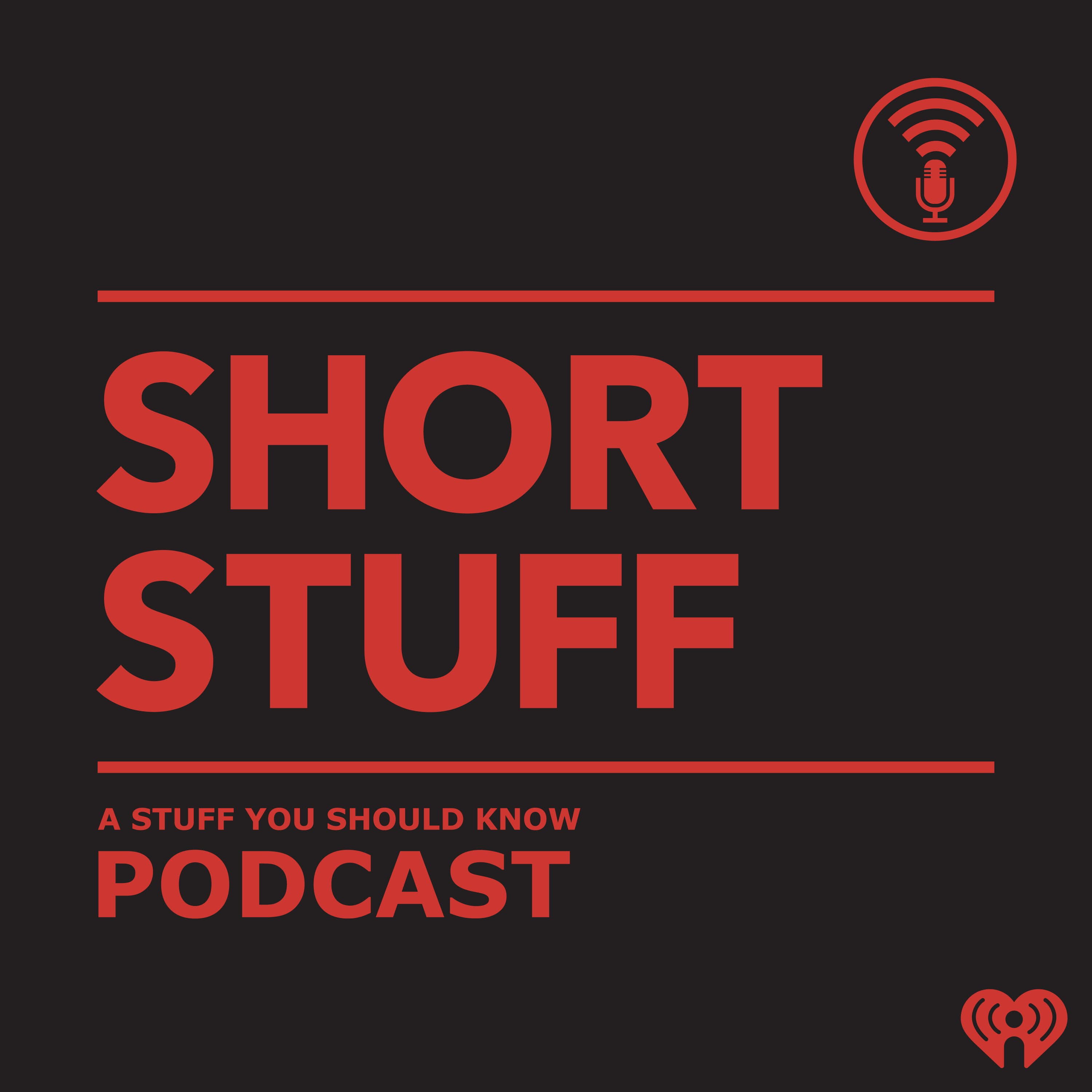Podcast Summary
The Origin of the Exclamation Point: The exclamation point, believed to have originated in the 14th century, is an interjection used to express strong feelings or emotions in a sentence.
The exclamation point, a common punctuation mark used to express excitement or emphasis, has an intriguing origin. While its exact origins are unclear, it is believed to have originated in the 14th century as the "point of admiration." Some theories suggest that it may have evolved from the Latin exclamation of joy, "Io, Io," where the capital I and capital O resemble the exclamation point. Another theory proposes that the question mark may have originated from the exclamation point, with the Q above the O forming the question mark. Regardless of its origin, the exclamation point serves an essential function in grammar as an interjection, used to express strong feelings or emotions in a sentence. Its use can make a statement more engaging and effective, adding excitement and emphasis. The exclamation point is a simple yet powerful tool in written communication, adding a touch of excitement and emotion to everyday language.
The History and Impact of Exclamation Points: Exclamation points were once a deliberate choice due to the effort required to type them, but their overuse in digital communication can dilute their impact. Zigazoo, a social media network for kids, offers a safe and moderated environment where exclamation points can effectively emphasize excitement.
Exclamation points have a rich history and were used sparingly due to the effort required to type them before the 1970s. Originally called "bangs," they were used infrequently by 19th century printers and journalists for emotional emphasis. Exclamation points didn't have their own key until the late 20th century, so people had to type a period, backspace, and then an apostrophe to create one. This process made exclamation points a deliberate choice, and their scarcity added impact. Fast forward to today, and exclamation points are used extensively, especially in digital communication. Social media platforms like Zigazoo have made sharing content easier than ever, and exclamation points are a common tool for expressing excitement or emphasis. However, their overuse can dilute their impact, making it essential to use them judiciously. Zigazoo, a social media network for kids, offers a safe and moderated environment for children to share content and connect with friends. Its absence of negative commenting, text messaging, and bots makes it an attractive alternative to other social media platforms. With Zigazoo, kids can create, share, and explore content while maintaining a positive and fun online experience.
The Evolution of Exclamation Points in Digital Communication: Exclamation points have shifted from marking intensity to sincerity in digital communication.
The use of exclamation points in communication has evolved from being seen as an intensity marker to a sincerity marker. This shift, driven by the rise of electronic communication, can be seen as a response to the perceived lack of warmth or friendliness in messages without exclamation points. According to linguist Gretchen McCullough, this change is significant because it reflects how we use language to convey meaning and emotion in the digital age. While exclamation points can still be used to express excitement or intensity, their primary function is now to signal sincerity and seriousness. This shift is not without its challenges, as some argue that it can contribute to a culture of insecurity and over-reliance on emotive language. However, it also reflects the way we communicate in a world where electronic messages have become a primary means of interaction. So the next time you hit the send button on an email or text, consider adding an exclamation point to make sure your message comes across as sincere and serious.
The Power of Exclamation Points in Electronic Communication: Exclamation points convey emotions and save time in electronic communication, but their meaning can depend on the individual using them and their overuse can potentially undermine effectiveness.
The use of exclamation points in electronic communication serves as a sincerity marker and can indicate friendliness, especially among younger women and people of color. The origin of this trend can be traced back to around 2005 when texting became popular, and it has since spilled over into the wider culture. Exclamation points can convey emotions and save time by eliminating the need for lengthy explanations. However, their meaning can depend on the individual using them, and their overuse can potentially undermine the effectiveness of electronic communication. The use of exclamation points as a linguistic innovation is a reminder of how language evolves over time, and it highlights the importance of understanding the context and intentions behind electronic messages.
Impact of Exclamation Points and All Caps on Business Communications: Exclamation points and all caps can negatively impact professional image in business communications. Be mindful of tone to maintain clarity and professionalism.
The use of exclamation points and all caps in business communications can impact how others perceive your sincerity and tone. Exclamation points, once seen as friendly and enthusiastic, are now often perceived as unprofessional and juvenile in a business setting. All caps, on the other hand, can come across as shouting or angry. It's important to be mindful of these nuances and consider the impact of your tone on your professional image. Additionally, communication style can be subjective, and what may come across as tepid or cold to some may be perceived as refined and workman-like by others. Ultimately, it's essential to strike a balance between being clear and concise while maintaining a professional tone.






